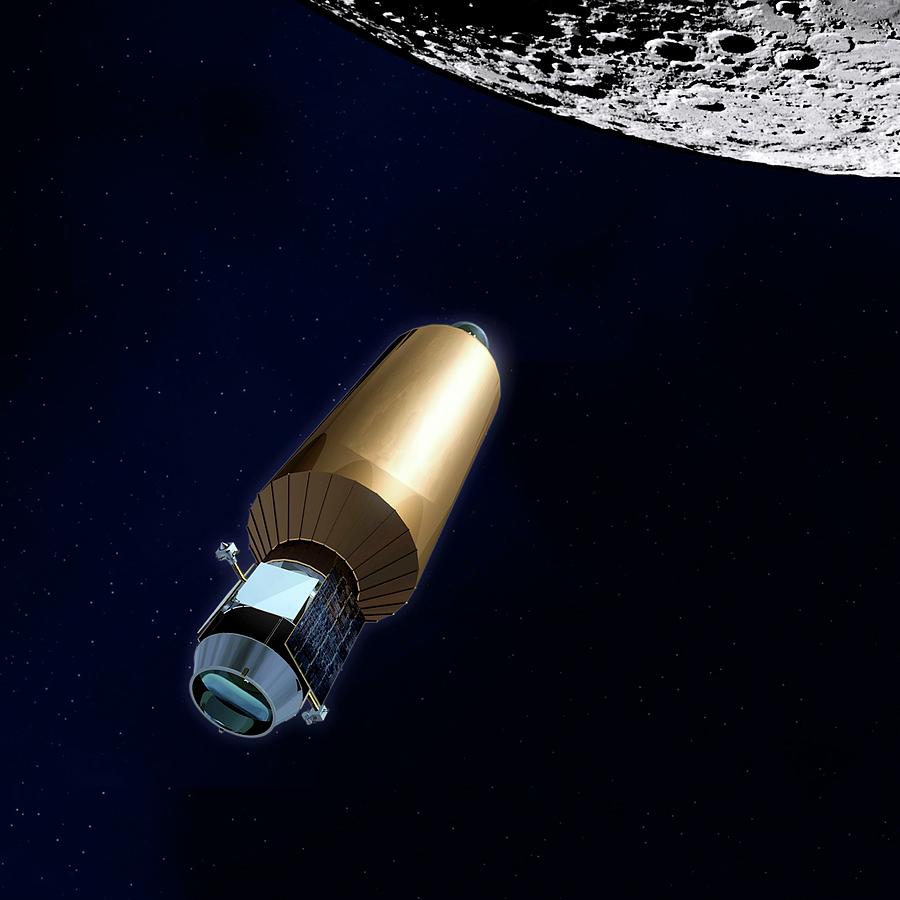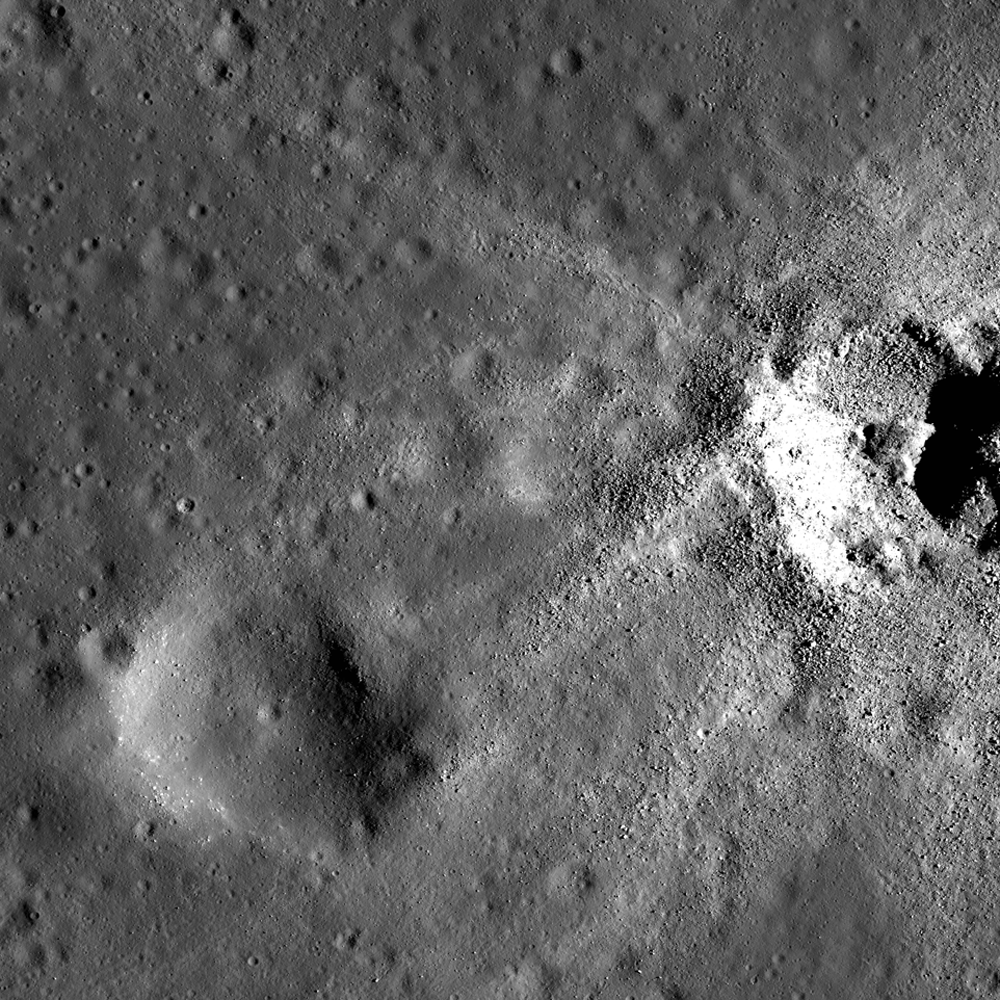

Many of the instruments on board LRO were used to help in mission planning for the impact of the LCROSS mission (see below) and were also involved in collecting data from the impact site.Īlexander M. Mini-RF, the next-generation model of the Mini-SAR radar that flew on Chandrayaan-1, has returned data about the structure of the lunar regolith and possibly detected ice-bearing deposits in permanently shadowed polar craters (but, as for the Mini-SAR results, there are alternative interpretations and the presence of polar ice deposits cannot yet be considered to have been unambiguously proved). The LEND instrument has confirmed the attenuation of epithermal neutrons at high latitudes first discovered by Lunar Prospector, but not the one-to-one correlation with permanently shadowed regions which would be expected if subsurface ice is responsible. Water ice is stable at these low temperatures.


ĭiviner has measured global surface temperatures and has demonstrated that permanently shadowed regions at the poles have temperatures as low as 40 K (with some areas possibly as low as 29 K, which would be the coldest surfaces yet measured in the solar system).Owing to the polar orbit of LRO, the poles now have essentially complete topographic coverage at this resolution, with coverage of lower latitudes constantly improving as the mission progresses. LOLA has produced extremely detailed and high-resolution topographic data with a horizontal resolution of 10 m and a vertical resolution of about 2 m, along the ground tracks. Images: NASA/GSFC/Arizona State University, modified by K.H. Features are annotated based on the USGS published traverse maps. LROC NAC high-resolution images of the (a) Apollo 11 (NAC frame: M175124932R, 0.48 pixels/m) and (b) Apollo 14 landing sites (NAC frame: M127049821R, 0.4 pixels/m). The payload included seven scientific instruments: (1) the Lunar Reconnaissance Orbiter Camera (LROC), composed of three separate elements: the wide-angle camera fitted with seven color bands with a spatial resolution of 100 m/pixel and two narrow-angle cameras (NACs) that provide panchromatic images down to a spatial resolution of ∼0.5 m/pixel (2) the Lunar Orbital Laser Altimeter (LOLA), designed to produce the most accurate lunar topographic map to date (3) the Diviner radiometer, designed to measure surface temperatures (4) the Lunar Exploration Neutron Detector (LEND), a neutron spectrometer designed to search for possible near-surface water ice deposits at the lunar poles (5) the Lyman-Alpha Mapping Project (LAMP), designed to image the interiors of permanently shadowed regions in reflected ultraviolet (UV) starlight (6) the Cosmic Ray Telescope for the Effects of Radiation (CRaTER) instrument designed to characterize the lunar radiation environment and (7) the Miniature Radio Frequency (Mini-RF) technology demonstration of an advanced synthetic aperture radar capable of detecting ice deposits at the lunar poles.įIGURE 25.20. LRO was designed initially to be an exploration mission to map and study the Moon in preparation for future human exploration efforts, but after 1 year it entered an extended scientific mapping phase. LRO was launched on the June 18, 2009, as a joint launch with the Lunar Crater Observation and Sensing Satellite (LCROSS) mission (see Section 5.8). Mahesh Anand, in Encyclopedia of the Solar System (Third Edition), 2014 5.7 Lunar Reconnaissance Orbiter


 0 kommentar(er)
0 kommentar(er)
